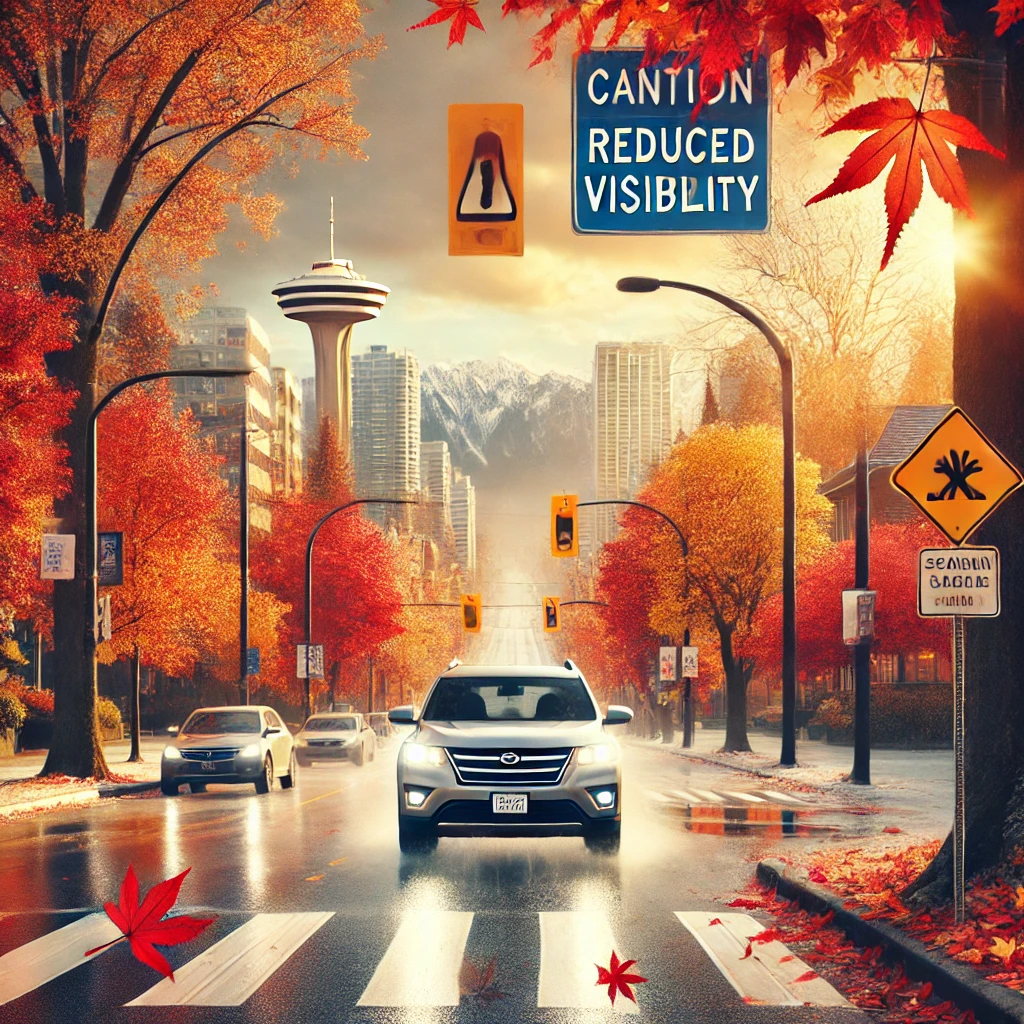Every year, as daylight saving time ends in the fall, clocks are set one hour back, giving us an extra hour of sleep. While this shift might seem like a welcome break, the fall backward time change can significantly impact drivers and road safety. With earlier sunsets and darker evenings, adjusting to these changes can increase driving hazards.
In this blog, we’ll explore how the fall time change affects driving conditions and provide some tips to help you stay safe during this transition.
How the Fall Time Change Affects Drivers
Reduced Daylight Hours :
As clocks are set back, daylight hours become shorter, meaning that evening commutes often occur in darkness. Reduced visibility during early morning and evening rush hours increases the likelihood of accidents. Pedestrians, cyclists, and even road signs become harder to see, especially in poorly lit areas.
Disrupted Sleep Patterns :
While the fall time change offers an extra hour of sleep, it can still disrupt your body’s internal clock, leading to sleepiness and fatigue. According to sleep experts, even a minor change in sleep patterns can negatively affect reaction times, decision-making, and overall alertness behind the wheel.
Increased Glare :
With the sun setting earlier, drivers may encounter glare during their late afternoon commutes. Glare from low-lying sunlight can make it difficult to see traffic lights, pedestrians, and other vehicles. This is particularly dangerous at intersections or when merging lanes.
Weather Changes :
Fall also brings unpredictable weather, with rain, fog, and even early frost making road conditions more hazardous. Wet and slippery roads combined with decreased visibility can lead to more frequent accidents, especially for those not adjusting their driving to suit the new conditions.
Safety Tips for Driving After the Time Change
Adjust Your Headlights :
As evenings get darker, ensure your headlights are properly aimed and functioning. This is essential for both seeing the road ahead and being visible to other drivers. Consider switching on your headlights earlier in the day, especially during dusk or cloudy weather.
Reduce Speed and Stay Alert :
With reduced visibility and changing road conditions, it’s important to drive at a speed that allows you to react quickly to any obstacles or hazards. Slow down in residential areas and be extra cautious around school zones and crosswalks.
Use Sunglasses for Glare :
To combat sun glare during late afternoons, keep a pair of sunglasses handy. This will help improve visibility when the sun is low on the horizon and reduce eye strain. Also, regularly clean your windshield to prevent streaks that can worsen glare.
Get Plenty of Rest :
While the fall time change might offer an extra hour of sleep, make sure to maintain a consistent sleep schedule. Fatigue is a leading cause of car accidents, and getting a good night’s rest is essential for staying alert on the road.
Stay Aware of Pedestrians and Cyclists :
With less daylight, pedestrians and cyclists become harder to spot, especially in residential neighborhoods. Be extra vigilant at crosswalks, school zones, and bus stops where foot traffic is higher.
Prepare for Seasonal Weather :
Fall weather can change rapidly, so make sure your vehicle is ready for wet or icy roads. Check your tires for proper tread depth, ensure your windshield wipers are in good condition, and have a supply of de-icing fluid on hand for frosty mornings.
Effects on Traffic Patterns
The fall time change often leads to shifts in traffic patterns. Commuters may find themselves driving in heavier traffic during darker hours, increasing stress and frustration levels on the road. When coupled with reduced visibility, this creates a greater risk of collisions.
It’s also common to see more wildlife on the roads during this time. With shorter days, animals like deer are more active at dawn and dusk, making animal-vehicle collisions more likely. Always drive cautiously in rural or wooded areas, especially during early morning or late evening hours.
Conclusion
The fall backward time change may seem like a small shift, but its impact on driving safety is significant. With reduced daylight, changing weather conditions, and the disruption to sleep patterns, it’s essential for drivers to remain vigilant and adjust their habits accordingly. By following these safety tips and staying alert, you can minimize the risks and stay safe on the road during this time of year.
As you adjust to the new time change, take extra care to protect yourself, your passengers, and others on the road. Stay alert, drive cautiously, and embrace the seasonal shift with safety in mind.
By being aware of the effects the fall time change has on driving, you can prepare yourself for the challenges that come with it. Stay safe, and remember to slow down and adjust your driving habits as the days grow shorter and darker.
For driving classes in Vancouver contact and follow Seymour Driving School, with us you’ll be on your way to driving independently and confidently.




